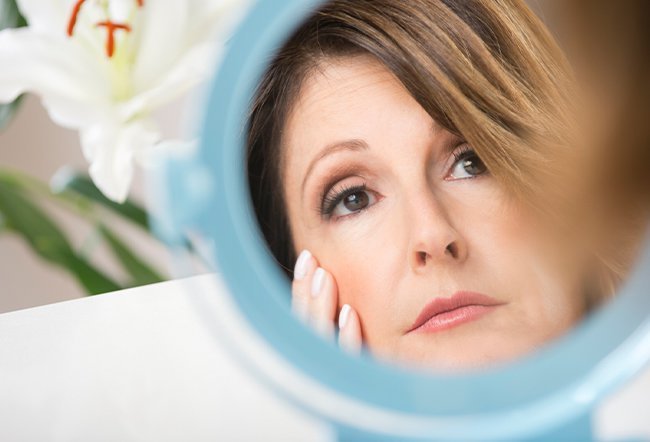What Does It Mean When Your Skin Feels Tight?

When your skin feels tight, it likely means that your skin is too dry. One of both of these may be happening:
- Changes in humidity: Xeroderma or xerosis, which is the medical term for extremely dry skin, is a common condition that occurs during dry months. When your skin loses moisture and lack of humidity disrupts its natural barrier, it can feel tight and start to crack or peel.
- Washing too frequently or with harsh soaps: Washing too often or using harsh soaps that strip the skin of moisture can also cause dry, tight, itchy skin.
Although dry skin is often a temporary condition, it can also cause discomfort, itchiness, and inflammation. And if not properly treated, it can even result in breaks or cracks in the skin or lead to infections.
What causes xerosis?
Xerosis occurs when the skin loses more moisture than it retains, leaving the skin dried out.
Your skin contains sebaceous glands—small glands that create natural oil called sebum. Sebum helps keep the skin lubricated and moisturized by sealing moisture in. Moreover, it plays a role in waterproofing the skin and, along with sweat, regulating body temperature.
Within the stratum corneum layer of the skin, there are many different substances that keep the skin moisturized, including ceramides, hyaluronic acid, lactic acid, urea, and amino acids. Altogether, these substances are often referred to as the natural moisture factor (NMF). Sebum production slows down with age, and the skin is unable to produce enough substances that make up the skin's NMF. This is why so many people develop xerosis as they age.
Various risk factors that are linked to xerosis include:
- Weather: Extreme hot and cold weather can cause dry skin because of low humidity, which causes moisture to be sucked from the skin.
- Bathing habits: Bathing often using water that is too hot and soaps that are too stripping can cause dry skin.
- Certain medications: Some medications can cause dryness of the skin, including diuretics, certain cholesterol medications, and most acne medications.
- Health problems: People with skin conditions such as atopic dermatitis (eczema) or diseases such as hypothyroidism or diabetes are prone to develop dry skin. Diabetes especially can cause xerosis of the feet.
What are signs and symptoms of xerosis?
- Dry, itchy, scaly skin, specifically on the arms and legs
- Skin that feels extremely tight
- Moderate flaky skin
- Red or pink irritated skin
- Fine cracks in the skin
How is xerosis treated?
Treating xerosis is crucial for keeping the skin healthy and increasing its ability to protect itself against infections and diseases. Common methods to prevent xerosis include using:
- Hydrating moisturizers, especially those that contains urea, ceramides, and lactic acid
- Topical steroids (in areas of inflammation)
Eliminate ingredients that dry out the skin and avoid products that contain these ingredients:
